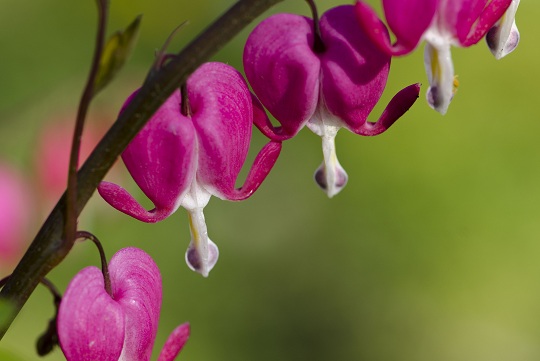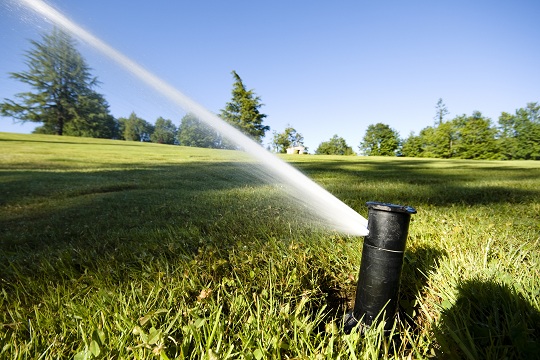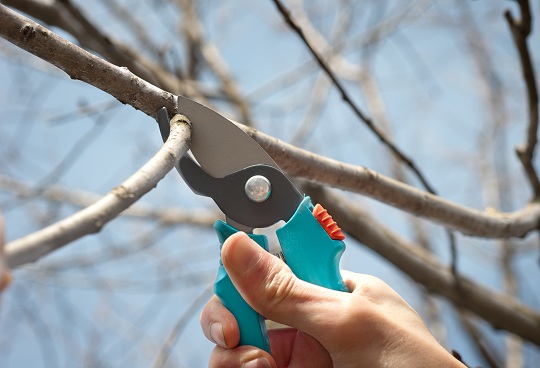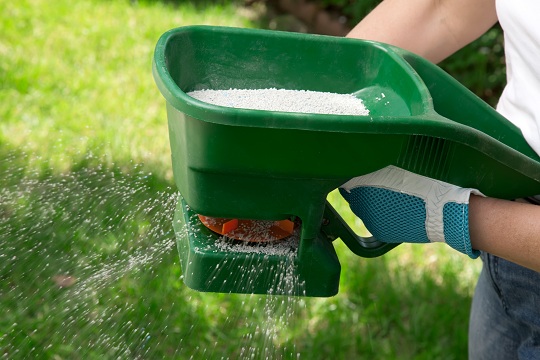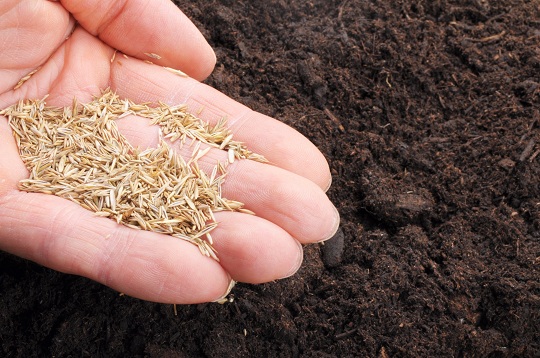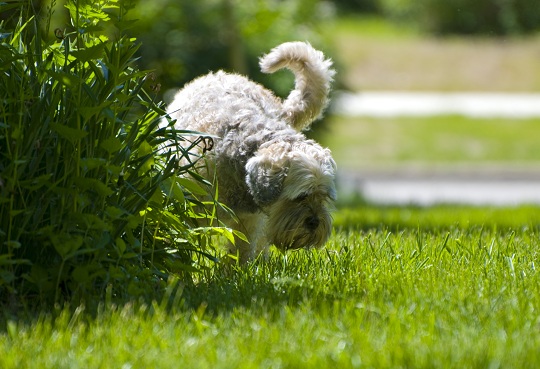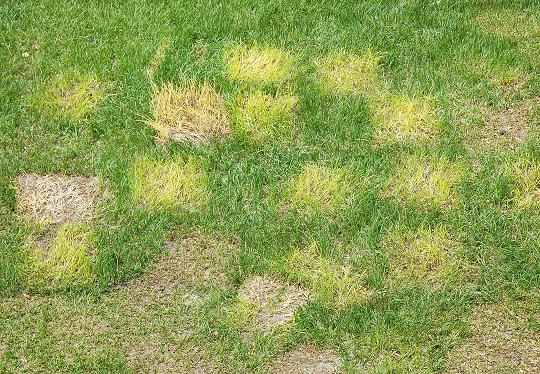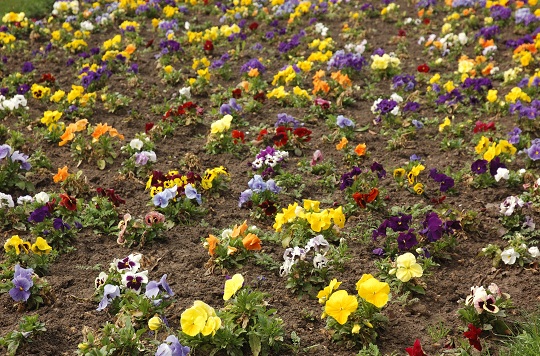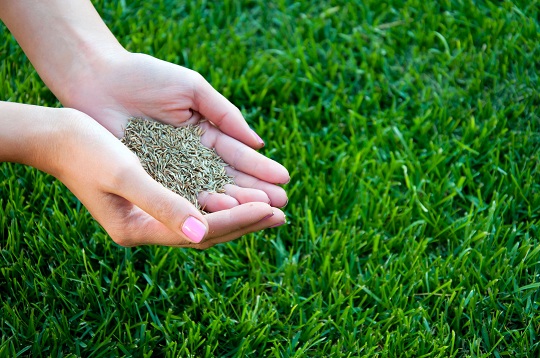Perennials are plants that will grow and last for a few to several years, most commonly sprouting during the spring or summer, receding in the colder seasons, and then re-growing once it becomes warm again. These are great plants to have in your garden, and although they don’t require replanting each season, they do need to be taken care of to ensure survival throughout the year. Here are some critical tips on how to take care of perennials.
1. Water your perennials only when they need it. A good rule of thumb is to look at the soil. If the top 4 or 5 inches of soil is dried up, then it is time to water. Usually, this can translate to once per week in the summer months, once every two weeks in the spring and fall seasons, and once every month during the winter.
2. A process called “deadheading” is another important step in caring for perennials. Deadheading is the task of cutting off the top-layered, dead flower heads of your perennial plants. This removes any unhealthy parts, and lets new flower heads grow in. Doing so before letting seeds to form allows for new flower heads to keep blooming. This can be done several times throughout the blooming season, as well as before winter sets in.
3. After deadheading, remove all dead foliage and flower heads and dispose of them for a quick clean-up of the garden. This will allow the newly growing flowers to flourish.
4. In preparation for winter, it is also important to provide a new layer of compost and mulch before the cold season arrives. A few inches of compost will provide key nutrients for the soil to soak up, preparing it for fresh growth in the spring. Above the compost, also lay down between 5-8 inches of mulch; this can include bark chips or straw.
Additional Help
If you would like some professional assistance in maintaining a healthy perennial garden, try locating a landscaper near you with TalkLocal. TalkLocal is a free service that will connect you with top-quality, reputable landscapers in your neighborhood, within minutes. Simply enter in your problem, location and availability and TalkLocal will contact several companies, who will then call YOU directly, ready to help.

